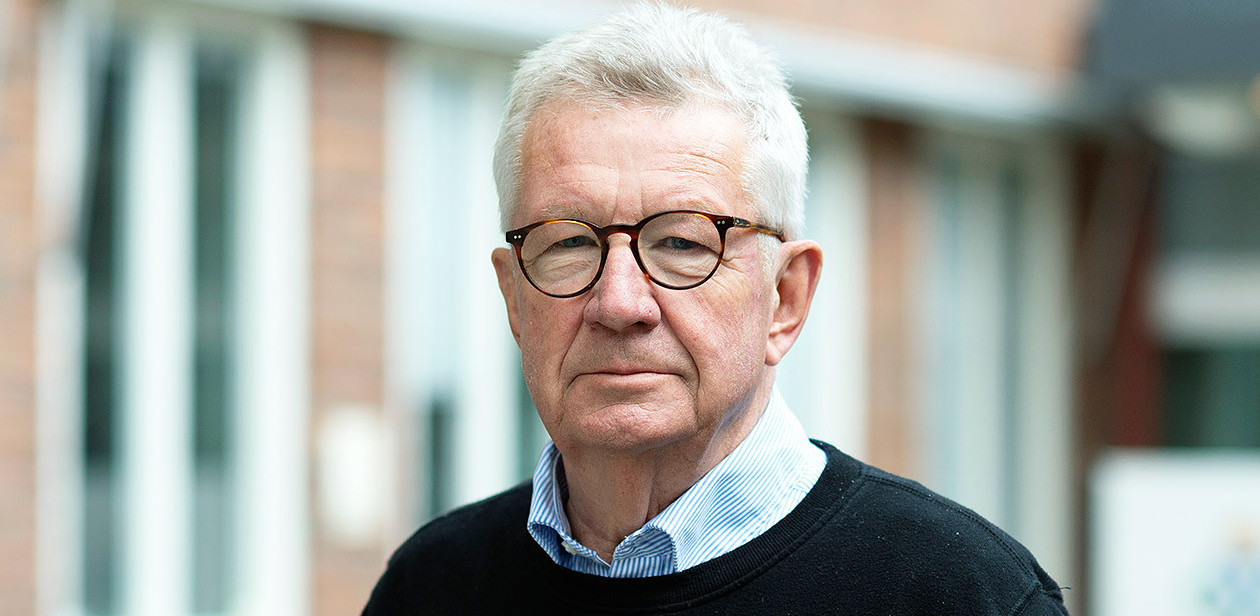Swedish epidemiologist Johan Giesecke’s interview with UnHerd made waves around the world when, at the height of the Covid-19 crisis in April, he made the case for why lockdowns were not the answer.
He has now been promoted to a more senior advisory role within the World Health Organisation, as Vice-Chair of the Strategic and Technical Advisory Group on Infectious Hazards, which advises the Director-General on the response to pandemics.
“It’s a group of thirteen scientists from all around the world. Usually we meet twice a year in Geneva but since Covid-19 we’ve been meeting once a week by telephone,” he tells me down the line from Stockholm.
The London-based Chair, David Heymann, who Dr Giesecke describes as “one of the world’s best known infectious disease fighters”, has other commitments across the WHO and Dr Giesecke will lead the group in his absence.
He was voted in as the new Vice-Chair by the other members.
I asked him if he regards his election as a sign that epidemiologists around the world were looking more towards the Swedish response to Covid-19 as a model.
“I don’t think it’s a political statement, no,” he said. “I think they like my experience.”
He repeats his customary advice that it is too early to make those kinds of comparisons anyway. “You should wait one year or maybe five years before comparing strategies. We still have a long way to go in this pandemic.”
He agreed that the tone of media coverage about Sweden had has become noticeably more positive since we spoke in April.
“Back then they thought we were crazy,” he said.











Join the discussion
Join like minded readers that support our journalism by becoming a paid subscriber
To join the discussion in the comments, become a paid subscriber.
Join like minded readers that support our journalism, read unlimited articles and enjoy other subscriber-only benefits.
Subscribe